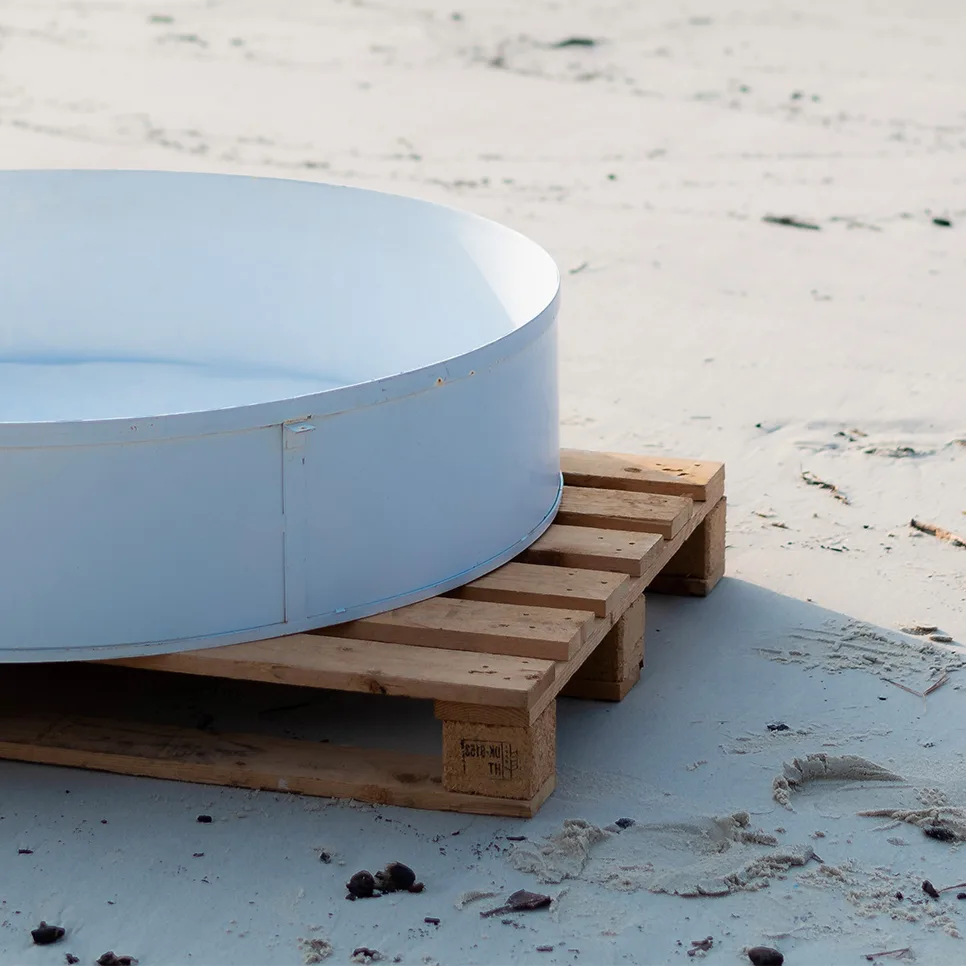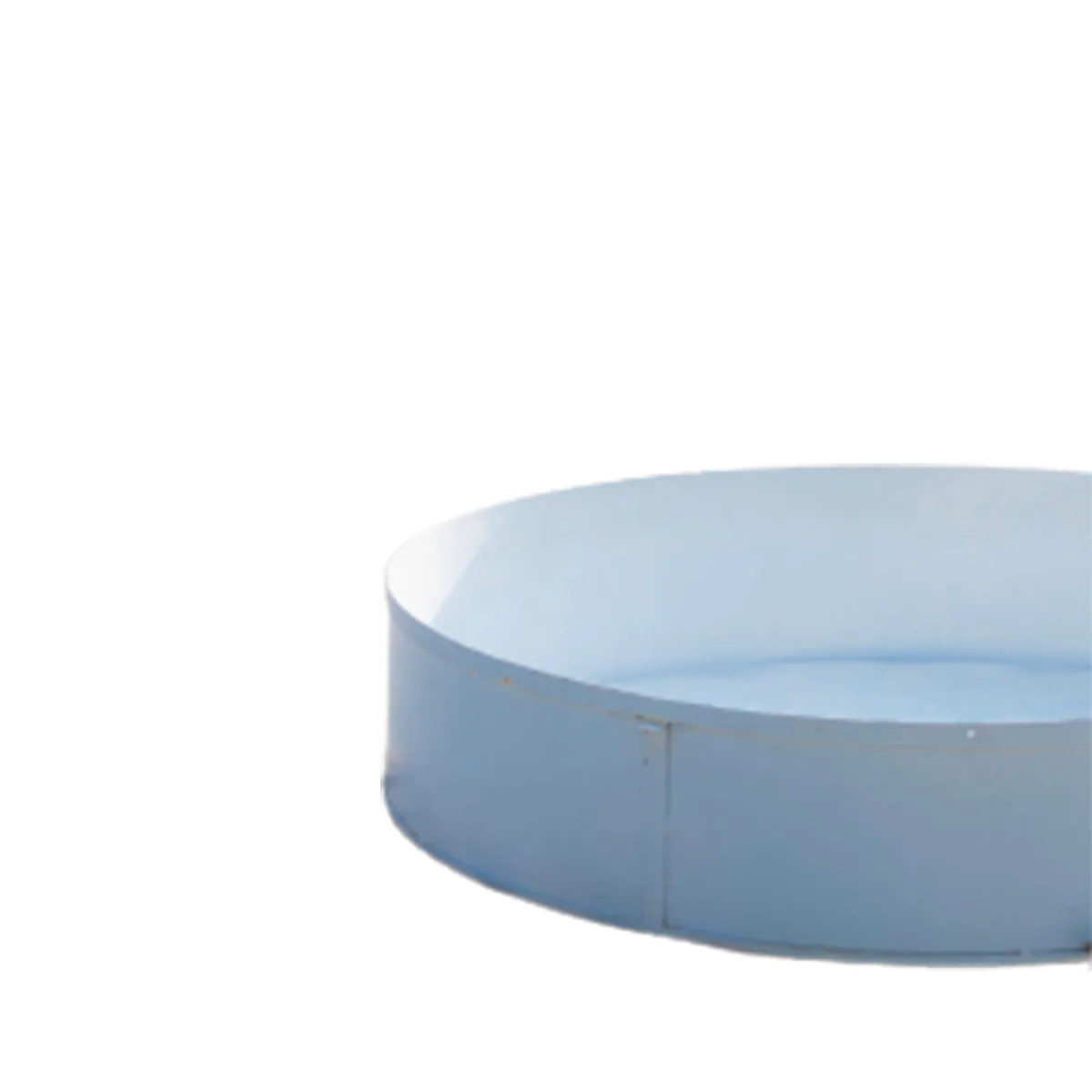
Conventional Evaporation Pan System
Evaporation pan is a is a simple meteorological instrument used to measure the rate of evaporation from an open water surface. It consists of a shallow, flat-bottomed pan typically made of materials like galvanized iron. The pan is filled with water and placed in an exposed, level area where it is subject to the same environmental conditions as the surrounding area. As water in the pan evaporates due to factors such as temperature, humidity, wind, and solar radiation, the amount of water lost is measured over a specific time period. This traditional setup requires human monitoring
Why Choose This system

Made with knowledge
Our team has spent decades monitoring complex environments

Engineered to withstand the harshest conditions
Hardware designed for minimal maintenance

Built from Experience
Our team possesses extensive decades-long experience in monitoring numerous environments.
How it Works
Operation procedure includes:
- The pan is filled with water to a consistent starting level, which is usually marked on the hook gauge.The Hook Gauge is used to measure the change in water level over time, which is used to calculate the evaporation rate. It's inserted into a Still Well to avoid any disturbance from water waves when readings are taken
- Over the course of the measurement period (usually daily), the water level inside the evaporation pan is observed and recorded using the hook gauge. The readings are taken at the same time each day to ensure consistency
- To calculate daily evaporation, subtract the initial water level from the level on a specific day, then divide by the number of days. This provides the average daily evaporation rate


Benefits
- Once you’re armed with the right data, making decisions becomes easy
- Analytics and beyond, we put everything in place
SUPPORTED INDUSTRIES:
Related products
-
Hook gauge
View Details -
Stillwell
View Details -
E-pan
View Details









